
Painful memories sometimes affect our current mental life. One day, we can choose to erase painful memories, would you like to try? - Photo: AI
Erasing bad memories and keeping only the good ones sounds like something from a science fiction movie, but it's actually a completely real research direction for neuroscientists.
Leading the charge is Steve Ramirez, a researcher at Boston University (USA), one of the National Geographic-sponsored scientific explorers.
Memories can be altered
According to Ramirez, the nature of memory is not as "rigid" as many people think. In fact, every time we recall a memory, the brain not only "retrieves" but also "overwrites" the information, similar to opening a document, editing it, and then clicking "Save As...".
This means that any memory can be altered over time, especially if it is “recalled” in different circumstances. This is also the premise for Ramirez’s famous 2013 work: he demonstrated that it is possible to “implant” a false memory into the brain of a rat.
In the experiment, the team used optogenetics to make memory-related neurons sensitive to light. The mice were then given a mild electric shock in a box that created a “painful” memory. The scientists could trigger this memory at any time by shining a laser beam into the area of the brain where the device was installed.
Next, the team created a false memory: the mice were allowed to explore a “safe” box, then given electric shocks in a different location while their memory of the safe box was activated. The result: when they returned to the first box, the mice felt fear, even though the place had never caused harm. Thus, a “false” memory was recorded in the mice’s brains.
“We showed that an activated memory can be overwritten by a new experience. And the final version is what the brain keeps,” Ramirez explains.
Towards applications in the treatment of neurological diseases
Although it is only in the preclinical stage and performed on animals, the potential for application to humans is huge.
Ramirez and his team don't aim to "erase" memories, but instead transform negative memories into positive experiences, which is especially meaningful for people with PTSD (post-traumatic stress disorder), or people who are depressed due to haunting memories.
Unlike the mouse experiment, manipulating human memory would not require lasers or brain implants. Instead, simple questions would be needed to “trigger” a memory, then using psychotherapy, music , or even scents to “pair” that memory with new positive emotions.
Not stopping at "overwriting" memories, Ramirez's team is also researching the ability to "predict" where memories will form in the brain even before the event occurs. "It's like predicting where lightning will strike before a storm arrives," he likened.
If successful, this could help diagnose neurodegenerative diseases such as Alzheimer's, Parkinson's, or dementia early by detecting areas of the brain that show abnormal memory.
Ramirez envisions a day when we will have a “Google Map” of the brain, one that shows exactly where positive and negative memories are stored, and can even detect when a memory area is “misfiring.”
While the technology is still in its early stages, Ramirez says the crossover between experimental science and science fiction is inevitable.
Neuroscience is only about 100 years old, a relative newcomer to physics, which is more than 2,000 years old. But with advances like these, we may one day learn not only to understand memory, but also to edit and heal it.
Source: https://tuoitre.vn/co-the-xoa-ky-uc-dau-buon-khoi-bo-nao-20250618182106562.htm










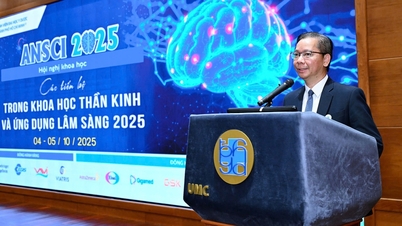








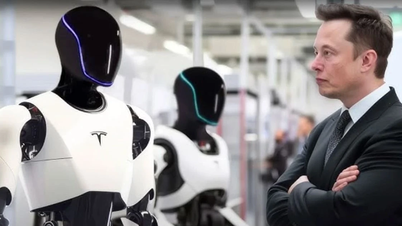

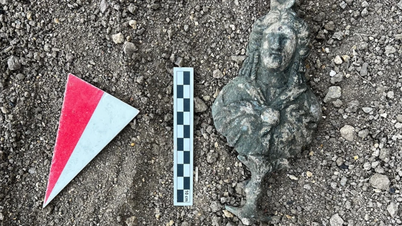



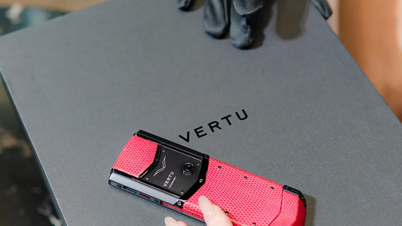









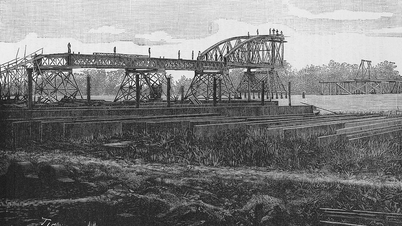
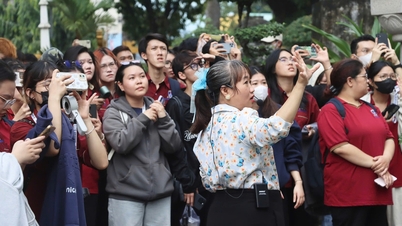















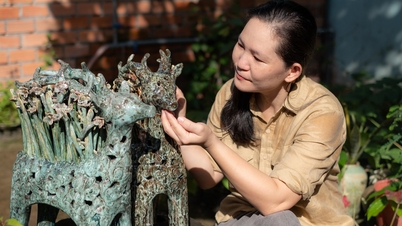
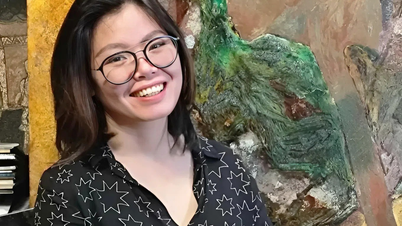
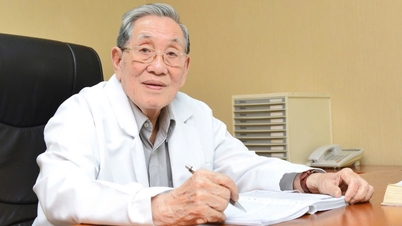























































Comment (0)